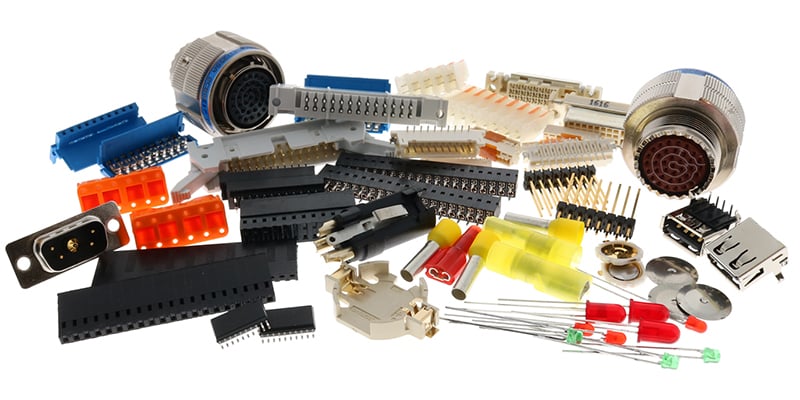Legacy design is a term used to describe technology, systems, and products that were developed in the past and are still being manufactured and supported. A main concern with legacy designs is dealing with hardware and software components that are no longer actively supported or improved by the original vendor and may no longer be compatible with newer technologies.
Legacy design may also refer to the design of systems that have been in place for a long time and have been updated only minimally or not at all. They typically require extensive resources and time to maintain and may be expensive to upgrade or replace.
Dealing with end-of-life (EOL) components in legacy designs can be a daunting task for designers. This blog post will provide an overview of the challenges associated with dealing with EOL components in legacy designs, as well as tips and recommendations on how to address them.
Challenges of Dealing with EOL Components
The primary challenge of dealing with EOL components in legacy designs is that they are no longer available in the market, so they must be replaced with an alternative component. This can be difficult and time-consuming, as the designer must research and find a suitable replacement component that meets the same specifications as the original component. Additionally, the designer must ensure that the replacement component is compatible with the existing design.

Various components used in electronics manufacturing.
Another challenge is that the cost of replacing EOL components can be quite high, as the components may need to be sourced from specialized suppliers. In addition, the design may require additional components to be added in order to make the new component compatible with the existing design. This can add to the cost of the project and may require additional time and resources to complete.
Tips and Recommendations
There are several steps that designers can take to help mitigate the challenges associated with replacing EOL components in legacy designs for custom built-to-print electronic products.
Common Standard Components
The first step is to select the most common and standard components available. The more commonly a component is used, the more likely a drop-in replacement will exist. Also, the more commonly used a component is, the less likely the producer is to stop manufacturing the component.
Alternative Components
The second step is to research alternative components that may be suitable replacements for the EOL components. It is important to research multiple components to ensure that the best option is chosen. It is also important to check the availability of the new components, as some may not be available in the desired quantity or in the desired timeframe.
Consider A Redesign
The third step is to consider a redesign. Sometimes dealing with an EOL component provides a great opportunity to update the entire system. This can allow for increased performance and reduce risk of an additional component going EOL in the near future. If the overall cost of replacing an EOL component is rather high, it is good practice to compare it to the cost of starting from scratch. Replacing EOL components is sometimes like repairing an aging car. At some point, enough things need to be replaced so that it makes sense to buy a new one.
Consider The Timeline
Finally, it is important to consider the timeline of the project when replacing EOL components. If the timeline is tight, it may be beneficial to source the components from a specialized supplier that can provide the components quickly. Alternatively, you may be able to contact the manufacturer directly and negotiate a one-time run if your needs are large enough to be worth it to them. Additionally, it may be beneficial to source the components from multiple suppliers in order to ensure that the components can be delivered on time.
Summary
To deal with EOL components in legacy designs, it is important to first identify and prioritize the components that are at risk of becoming obsolete. This can be done by consulting with component manufacturers, monitoring industry trends, and conducting a thorough audit of the design. Once the at-risk components have been identified, it is important to consider alternative options such as sourcing replacement components or redesigning the affected portions of the design. This may require additional testing and verification but can help ensure the longevity and reliability of the system. In addition, it is important to keep documentation up to date and communicate any necessary changes to stakeholders to ensure a smooth transition.
Dealing with EOL components in legacy designs can be a challenging process. However, by following the steps outlined in this blog post, designers can mitigate the challenges associated with replacing these components and ensure that the project is completed on time and on budget.
Key Takeaways
- End-of-life (EOL) components create major challenges for legacy designs, often requiring extensive research, sourcing, and compatibility checks to find suitable replacements.
- Choosing common, standardized components early in the design process can reduce the risk of obsolescence and increase the likelihood of finding drop-in replacements.
- Exploring alternative components or redesigning sections of the system can enhance performance and minimize future obsolescence risks.
- Cost and timeline considerations are critical when sourcing EOL components, with options like specialized suppliers or negotiating one-time production runs offering potential solutions.
- Proactive management, monitoring component lifecycles, and maintaining documentation help ensure smoother transitions when dealing with EOL components in legacy systems.
















